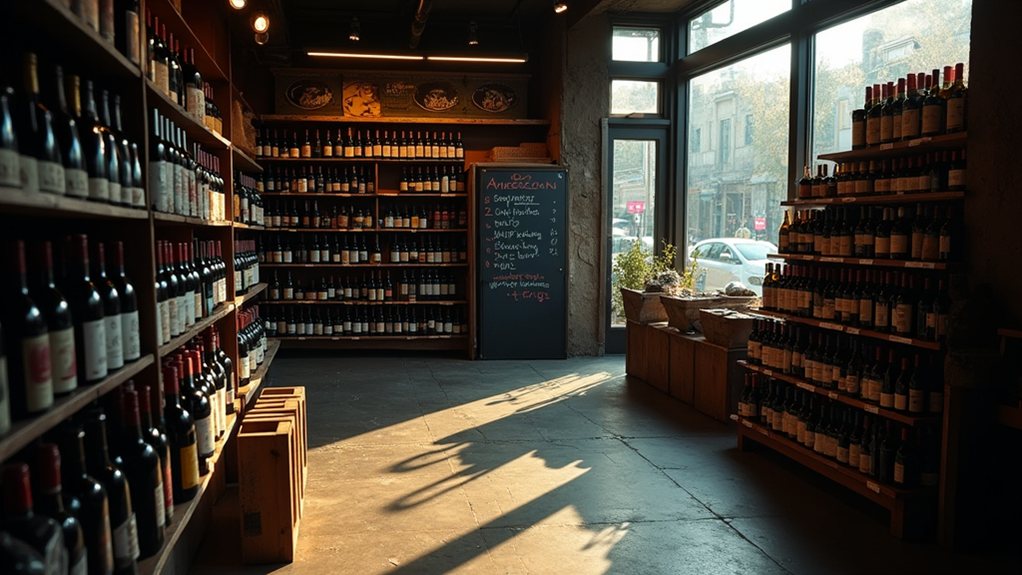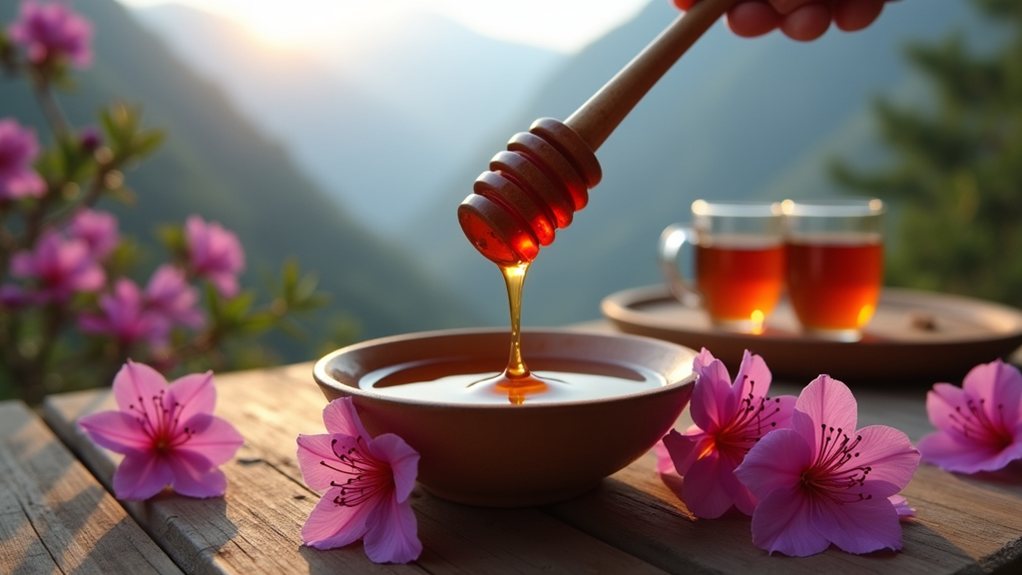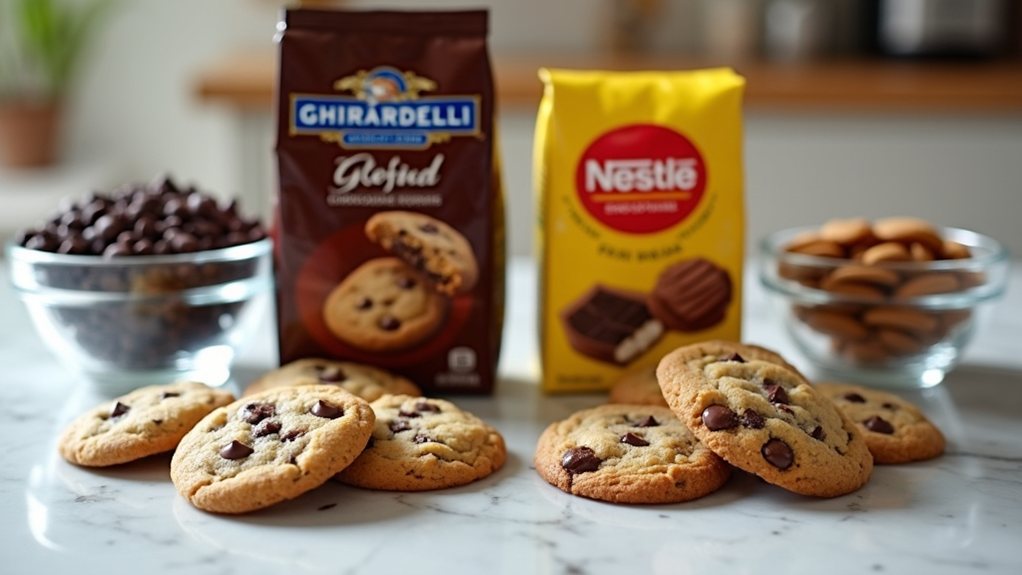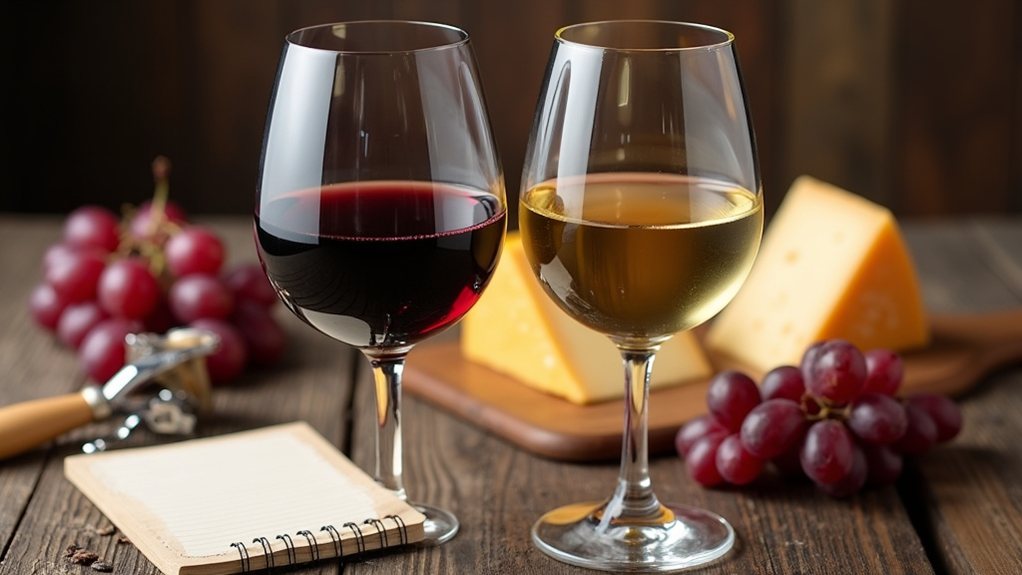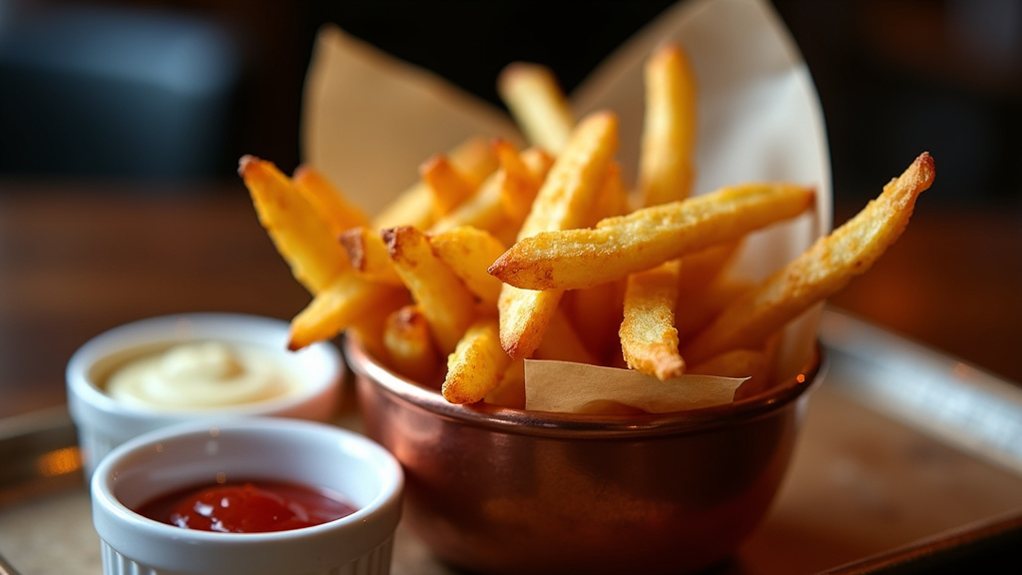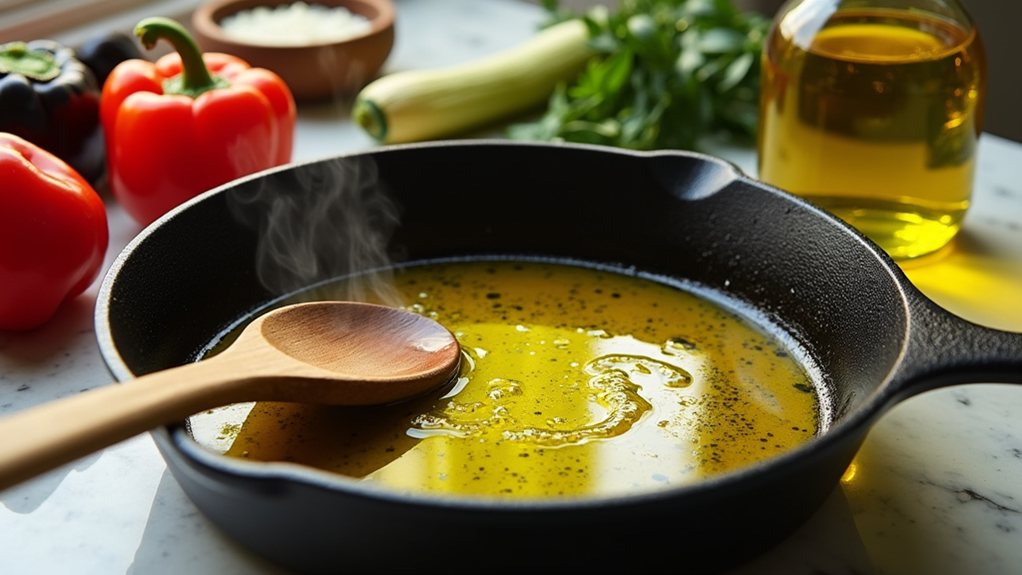Wine lovers across America face a sobering reality as proposed 200% tariffs threaten to triple the cost of European bottles. A modest $20 Bordeaux could suddenly command $60, transforming neighborhood wine shops from community gathering spots into high-priced specialty stores. Local retailers, already operating on thin margins, must now consider difficult inventory decisions that could permanently alter their business models. What happens when beloved imports become luxury items overnight, and how might this reshape American drinking culture?
Industry Braces for Massive Wine Price Shock
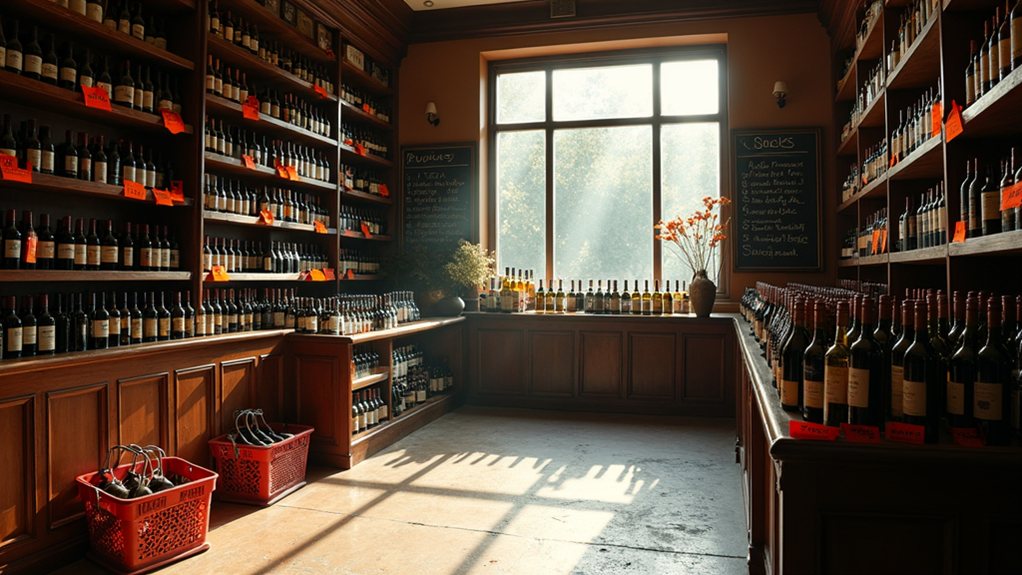
Liquor stores across the United States brace for significant changes as potential tariffs on European wines loom on the horizon. The proposed 200% tariff, triggered by the EU’s 50% tax on American whiskey, threatens to transform the familiar landscape of wine retail virtually overnight, leaving store owners scrambling to adjust their business models and inventory strategies.
The wine world stands on the precipice of chaos as trade tensions threaten to triple European bottle prices overnight.
The math is straightforward but sobering: a bottle that once retailed for $20 could suddenly cost consumers $60, putting many European wines out of reach for everyday enthusiasts. Store owners face difficult decisions about their inventory, as European selections that once formed the backbone of their offerings may soon become luxury items with limited appeal.
Many retailers have already begun considering how to reorganize their shelves, expanding domestic selections and investigating wines from regions not affected by the tariffs. Some are exploring medium-bodied options like Austrian Blaufränkisch that offer comparable flavor profiles to European favorites.
For smaller, specialized wine shops that have built their reputations on curated European selections, the challenge is particularly acute. These businesses may find themselves caught between maintaining their identity and adapting to new market realities, with some owners fearing they might become “ghost towns” if regular customers abandon their now-tripled favorite imports.
The timing couldn’t be worse, as the wine industry was already experiencing contraction before this potential trade dispute. Wine merchants may be particularly anxious since European wines accounted for 17% of total U.S. alcohol consumption in 2023.
Wine importers, the critical link between producers and retailers, face even more dramatic consequences. Many have already paid for shipments that could arrive after tariffs take effect, potentially forcing them to absorb massive losses or pass impossible price increases to retailers. Several retailers are analyzing marketplace examples from Albertsons and Kroger, which have demonstrated successful pricing strategies in competitive grocery environments. The US Wine Trade Alliance estimates that for every dollar of damage inflicted on the EU, American businesses could suffer over $4.50 in losses.
This disruption reverberates through the supply chain, from French vineyards to neighborhood liquor store shelves.
Consumers, meanwhile, may find themselves reconsidering their drinking habits. While some might switch to American wines or investigate other regions like South America or Australia, others have strong preferences that aren’t easily changed, especially for unique products like Champagne that have no true equivalent.
As the situation unfolds, one thing remains clear: your local wine shop is maneuvering uncharted waters, hoping not to become another retail casualty of international trade politics.
